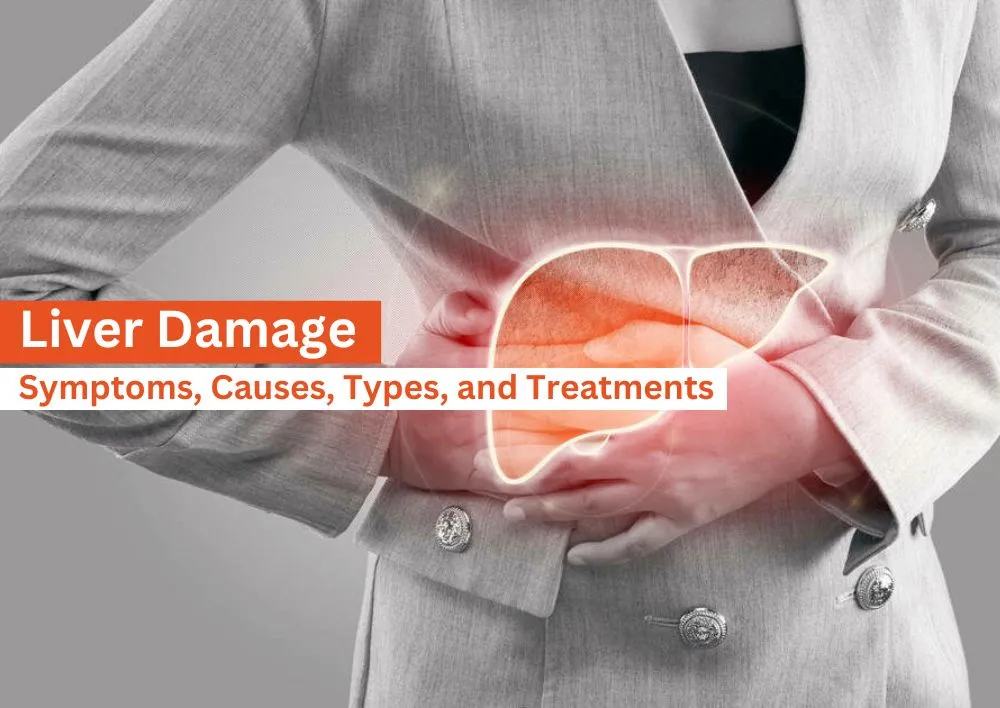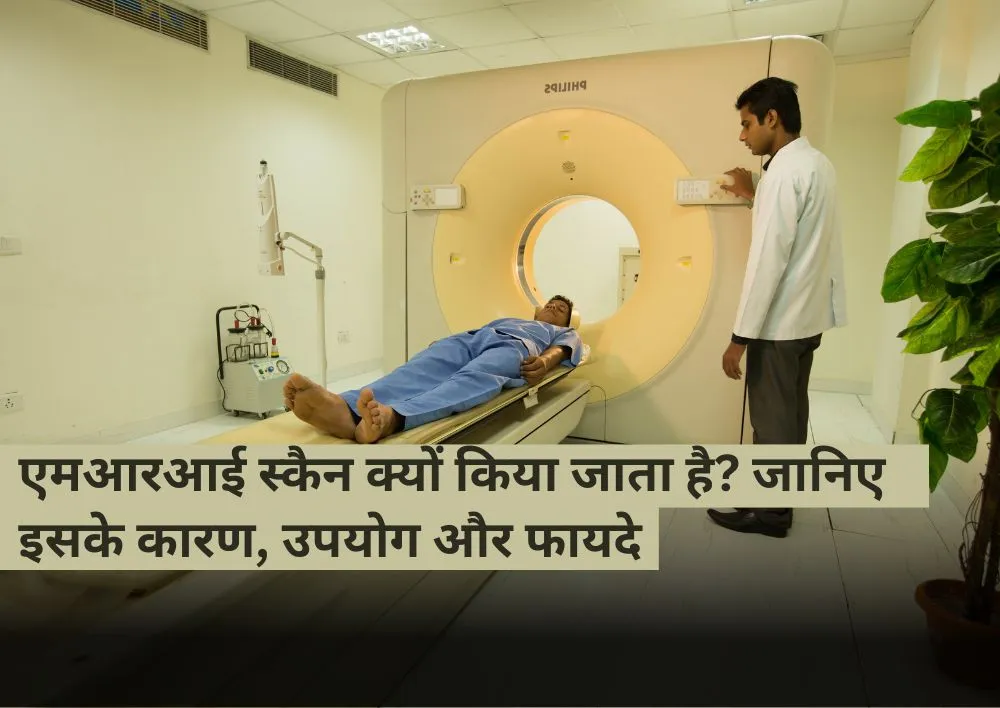Acute Appendicitis: Symptoms, Causes, and Care Plan
Summary: Acute appendicitis is a serious condition that requires immediate medical attention to prevent complications like rupture and infection. Common symptoms include sharp abdominal pain, nausea, vomiting, and fever. Early diagnosis and surgical treatment, such as an appendectomy, are crucial for effective management. Recovery time varies, but with timely intervention, most patients recover fully.
Acute appendicitis is one of the most common abdominal emergencies that require immediate medical intervention. It occurs when the appendix, a small, tube-like structure attached to the large intestine, becomes inflamed. If not treated quickly, acute appendicitis can lead to severe complications like rupture and infection. In this blog post, we will explore the symptoms, causes, risk factors, treatment plans, and complications related to acute appendicitis. Whether you are seeking answers for yourself or just want to learn more, this blog post will provide you with valuable information.
What is Acute Appendicitis?
According to the leading general surgery doctor in Gurgaon at Miracles Apollo Cradle/Spectra, Acute appendicitis is the sudden inflammation of the appendix, an organ that is located in the lower right side of your abdomen. The appendix is believed to play a minor role in gut immunity. When the appendix becomes blocked, typically by stool, a foreign object, or cancer, bacteria start to grow inside, leading to inflammation. If the appendix is not treated immediately, it can rupture, leading to more severe complications.
What are the Symptoms of Acute Appendicitis?
While acute appendicitis symptoms can vary, several signs may indicate acute appendicitis:
Sharp abdominal pain: Initially, the pain starts near the belly button and then shifts to the lower right abdomen.
-
Nausea and vomiting: These usually occur after the onset of abdominal pain.
-
Loss of appetite: A sudden lack of interest in food is common with appendicitis.
-
Fever: A slight increase in body temperature may occur as the immune system responds to the infection.
-
Tenderness in the lower right abdomen: Pressing on the abdomen may increase the pain.
If you or someone you know experiences these symptoms, don’t wait, consult a general surgeon near you to seek medical attention immediately.
How Does Appendicitis Happen?
Appendicitis typically occurs when the appendix becomes blocked. The blockage causes a build-up of pressure and mucus inside, which results in inflammation. Over time, bacteria begin to grow, causing infection. A ruptured appendix is a serious complication of appendicitis that can lead to peritonitis, a life-threatening condition requiring urgent surgery.
Why Does Acute Appendicitis Happen?
Acute appendicitis happens when the appendix, a small, finger-shaped pouch attached to the large intestine, becomes inflamed and infected. The acute appendicitis causes are not always clear, but there are several factors that contribute to the development of the condition. Understanding why acute appendicitis occurs can help identify risk factors and the steps you can take to prevent it.
1. Blockage of the Appendix: The most common reason for acute appendicitis is a blockage in the appendix. This blockage prevents the normal flow of mucus and waste material from the appendix, causing the organ to become inflamed. Here are some common causes of blockage:
-
Hardened stool or fecal matter
-
Foreign Objects
-
Lymphoid Hyperplasia
-
Tumors
When the appendix becomes blocked, mucus starts to accumulate inside, increasing pressure in the appendix and causing it to become inflamed.
2. Infection in the Gastrointestinal Tract: Appendicitis can also result from an infection elsewhere in the gastrointestinal (GI) tract. Bacteria from the intestines or stomach may travel to the appendix, causing it to become infected and swollen. Conditions such as gastrointestinal infections, viral illnesses, or food poisoning may increase the risk of appendicitis. Once the appendix is infected, the bacteria multiply rapidly, causing severe pain and inflammation. If the infection is not treated, the appendix may rupture, spreading infection throughout the abdominal cavity.
3. Bacterial Growth Inside the Appendix: Once the appendix becomes blocked, bacteria inside the appendix multiply rapidly, causing the inflammation known as appendicitis. The bacteria create a localized infection, and the buildup of pressure causes swelling, pain, and discomfort. As the condition worsens, the risk of the appendix rupturing increases, leading to more severe complications like infection of the abdominal cavity.
4. Genetic and Family Factors: Some research suggests that genetics may play a role in the development of acute appendicitis. If you have a family member who has experienced appendicitis, you may be at a higher risk of developing it yourself. However, the genetic mechanisms are not fully understood, and appendicitis can occur in anyone.
5. Age and Gender: Appendicitis can occur at any age, but it is most frequently seen in individuals between 10 and 30 years old. Studies show that men are slightly more likely to develop appendicitis than women, though the exact reasons for this gender difference are still being researched.
6. Poor Diet and Low Fiber Intake: A diet that is low in fiber and high in processed foods can contribute to constipation and an increased risk of appendicitis. Low-fiber diets can lead to harder stool that can block the appendix, increasing the chance of inflammation and infection.
7. Other Environmental Factors: While less understood, other environmental factors such as infections, stress, or physical trauma to the abdomen may also contribute to the development of appendicitis. These factors may either trigger an infection or worsen an existing condition that leads to appendicitis.
Acute Appendicitis Care Plan
Once diagnosed, acute appendicitis typically requires surgery, an appendectomy to remove the inflamed appendix. The
1. Diagnosis: The first step is confirming the diagnosis. Doctors will usually perform a physical exam and may conduct blood tests, imaging like a CT scan, or ultrasound to check for signs of infection or inflammation.
2. Surgical Treatment: Appendectomy is a gold standard treatment for appendicitis. This surgical removal of the appendix can be performed in two ways:
-
Laparoscopic surgery: A minimally invasive surgical procedure using small incisions and a camera.
-
Open surgery: A larger incision is made if the appendix has ruptured or complications arise.
3. Post-Surgical Care: After surgery, patients are closely monitored for any signs of infection or complications. Pain management, IV fluids, and antibiotics are provided to ensure a smooth recovery. Most people are discharged within a few days if they had laparoscopic surgery.
How Long Does it Take To Recover From Acute Appendicitis?
Recovery from acute appendicitis varies depending on the type of surgery. After laparoscopic surgery, most people can return to light activities within 1-2 weeks, with full recovery taking 4-6 weeks. However, if open surgery is needed due to complications like a ruptured appendix, recovery may take longer, usually around 6-8 weeks. Factors such as age, overall health, and the presence of complications can influence recovery time. It is important to follow post-surgery instructions, avoid strenuous activities, and monitor for signs of infection to ensure a smooth recovery.
Risk Factors for Acute Appendicitis
While anyone can develop appendicitis, several factors can increase your risk:
-
Age: The study says that Appendicitis is most common in people between 10 and 30 years old.
-
Gender: Men are slightly more likely to experience appendicitis.
-
Family history: A family history of appendicitis increases your risk.
-
Infections: Certain infections in the gastrointestinal tract can contribute to appendicitis.
Even without these risk factors, appendicitis can still occur, so it’s important to be aware of the symptoms and act quickly.
Complications of Acute Appendicitis
If left untreated, acute appendicitis can lead to dangerous complications:
-
Appendix rupture: A ruptured appendix releases bacteria into the abdominal cavity, causing peritonitis, a severe infection that can be fatal if untreated.
-
Abscess formation: Sometimes, infection from a ruptured appendix forms an abscess that may need to be drained surgically.
-
Sepsis: A widespread infection in the bloodstream, sepsis can occur if the appendix bursts and the infection spreads throughout the body.
These complications make it important to act quickly if appendicitis is suspected.
Conclusion:
Acute appendicitis is a serious medical condition that requires prompt action. Knowing the symptoms, risk factors and treatment options can help you act quickly and reduce the risk of complications. The key to acute appendicitis management is early diagnosis and surgical intervention. If you experience sudden abdominal pain or other related symptoms, consult a general surgeon near you in Gurgaon at Miracles Healthcare. By understanding the importance of recognizing appendicitis symptoms and seeking timely treatment, you can prevent complications and enjoy a full recovery.



_in_Pregnancy.webp)









Was the information useful?
0 0